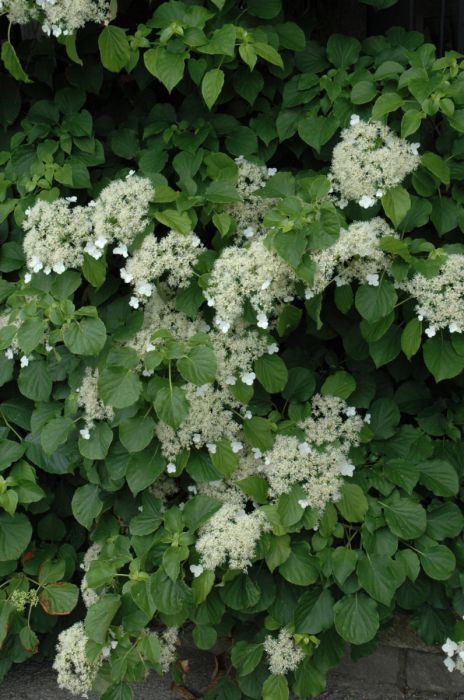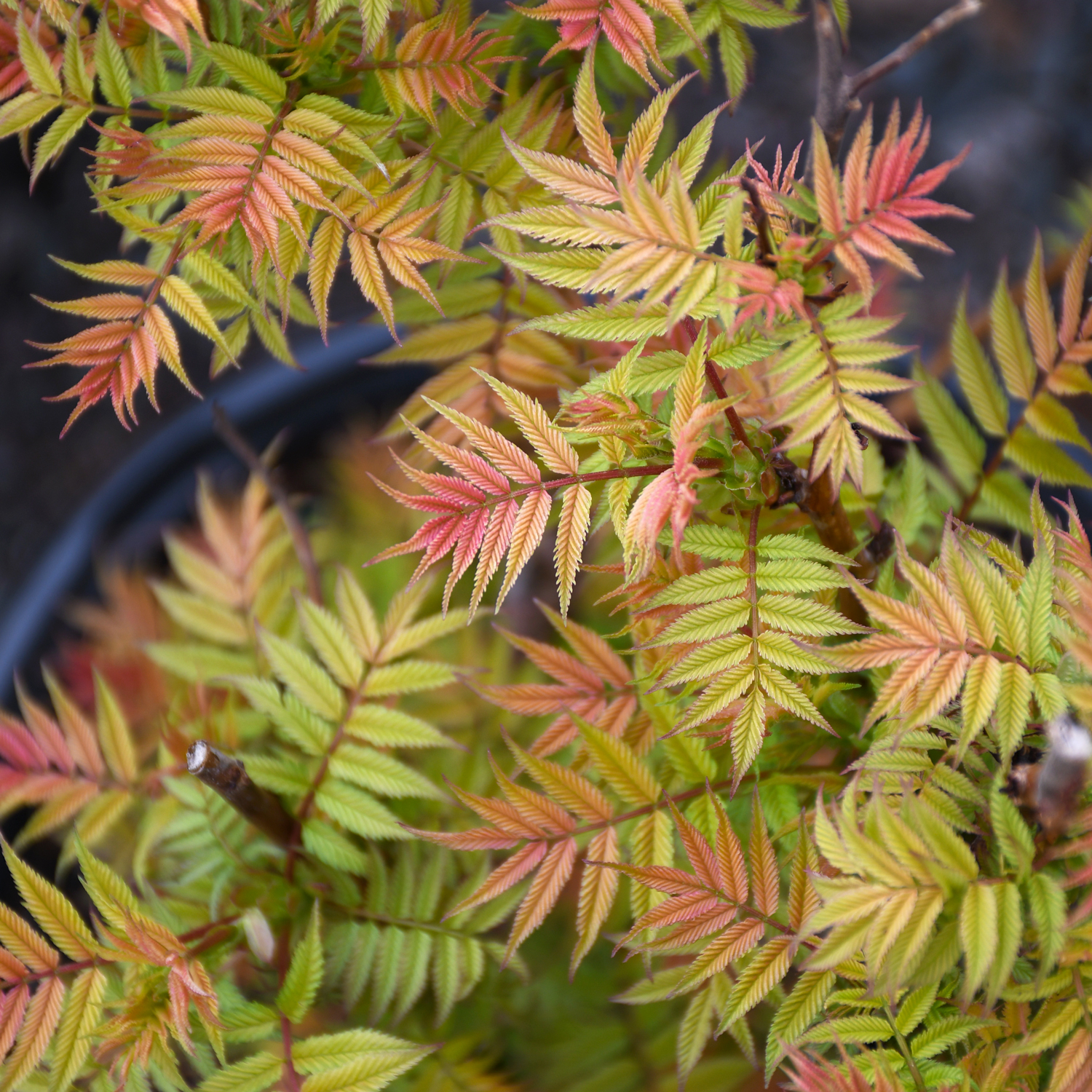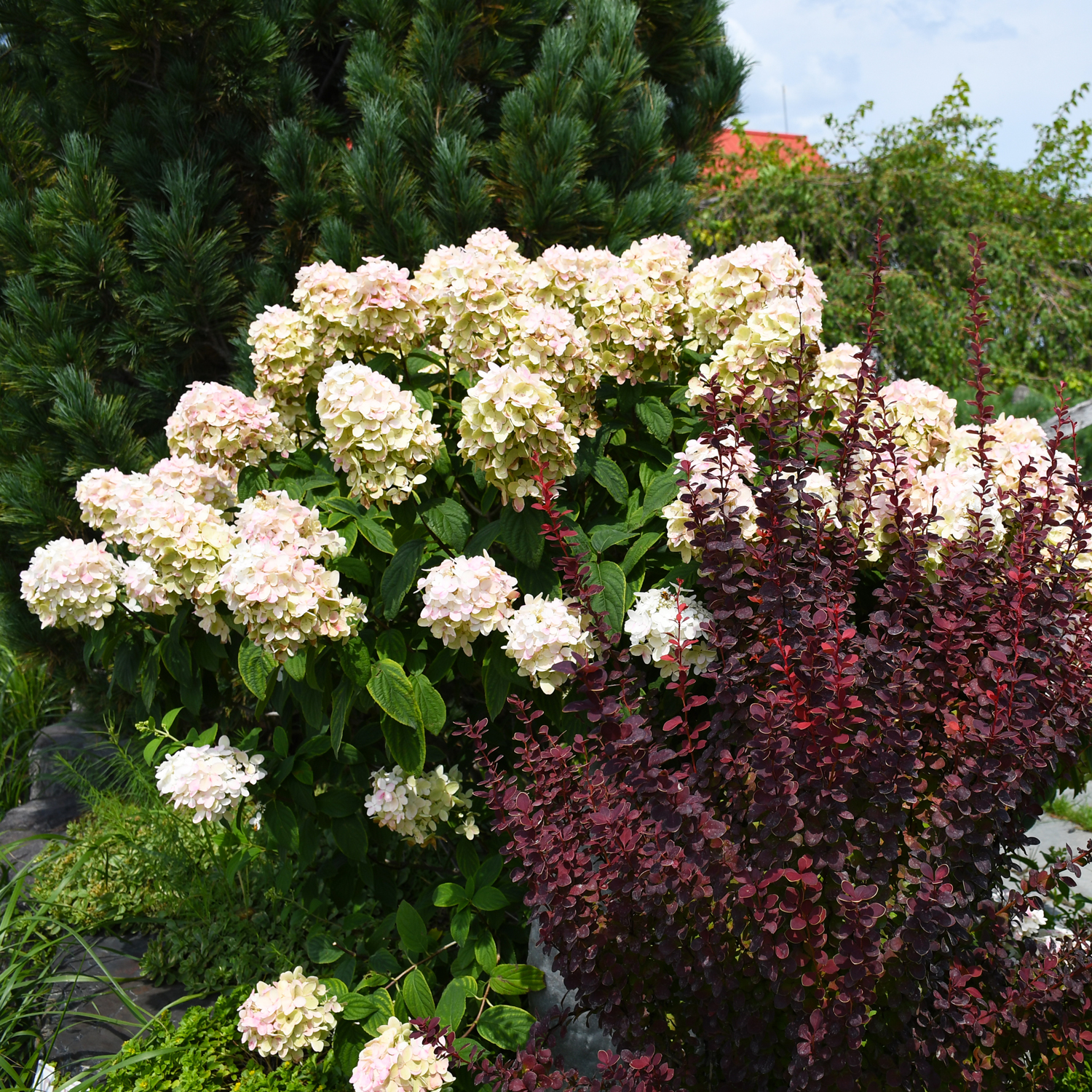Hydrangea, Climbing Hydrangea



- Sun Preference
- Full-Sun, Part-Sun, No-Sun
- Bloom Time
- June, July, August
Description
One of the most sought-after climbers, this vine makes an excellent flowering cover for vertical structures and trees, and can also be used as a groundcover; attractive white lacecap-like flowers in mid summer and clean foliage; a self-clinging vine
Minnesota's Largest Selection of Shrubs
Elevate your landscaping with Gertens' unmatched variety of shrubs! Selecting the right shrubs for your backyard can enhance its beauty and functionality. Consider factors like sunlight, soil type, and mature size when choosing shrubs. For sunny areas, flowering shrubs like roses or hydrangeas can add color and charm. In shady spots, opt for shrubs like azaleas or hostas. Evergreen shrubs provide year-round interest and privacy, while deciduous shrubs offer seasonal color changes. At Gertens, we offer a wide selection of shrubs to suit every backyard need.
Details
Height: 40 feet
Spread: 24 inches
Sunlight:![]()
![]()
![]()
Hardiness Zone: 5a
Latin Name: Hydrangea anomala petiolaris
Description:
One of the most sought-after climbers, this vine makes an excellent flowering cover for vertical structures and trees, and can also be used as a groundcover; attractive white lacecap-like flowers in mid summer and clean foliage; a self-clinging vine
Ornamental Features
Climbing Hydrangea is smothered in stunning fragrant white lacecap flowers along the branches from early to mid summer. It has forest green foliage throughout the season. The glossy heart-shaped leaves do not develop any appreciable fall color. The fruit is not ornamentally significant. The peeling brown bark adds an interesting dimension to the landscape.
Landscape Attributes
Climbing Hydrangea is a multi-stemmed deciduous woody vine with a twining and trailing habit of growth. Its relatively coarse texture can be used to stand it apart from other landscape plants with finer foliage.
This woody vine will require occasional maintenance and upkeep, and is best pruned in late winter once the threat of extreme cold has passed. It has no significant negative characteristics.
Climbing Hydrangea is recommended for the following landscape applications;
- Hedges/Screening
- General Garden Use
Planting & Growing
Climbing Hydrangea will grow to be about 40 feet tall at maturity, with a spread of 24 inches. As a climbing vine, it tends to be leggy near the base and should be underplanted with low-growing facer plants. It should be planted near a fence, trellis or other landscape structure where it can be trained to grow upwards on it, or allowed to trail off a retaining wall or slope. It grows at a slow rate, and under ideal conditions can be expected to live for 70 years or more.
This woody vine performs well in both full sun and full shade. It prefers to grow in average to moist conditions, and shouldn't be allowed to dry out. It is not particular as to soil type or pH. It is highly tolerant of urban pollution and will even thrive in inner city environments. Consider applying a thick mulch around the root zone in winter to protect it in exposed locations or colder microclimates. This is a selected variety of a species not originally from North America.
| SKU | Container Size |
| V0200 | #2 Container (2 Gallon) |
* Not all container sizes may be available at this time. See store for details on specific container size availability.
More Information
| Gerten Grown Plants | Gerten Grown Plants |
|---|---|
| Bloom Time | June, July, August |
| Sun Preference | Full-Sun, Part-Sun, No-Sun |
| Mature Height (Range) | 15 - 25 feet |
| USDA Hardiness Zone | 5, 6, 7, 8 |
| Common Family Name | Climbing Hydrangea |


